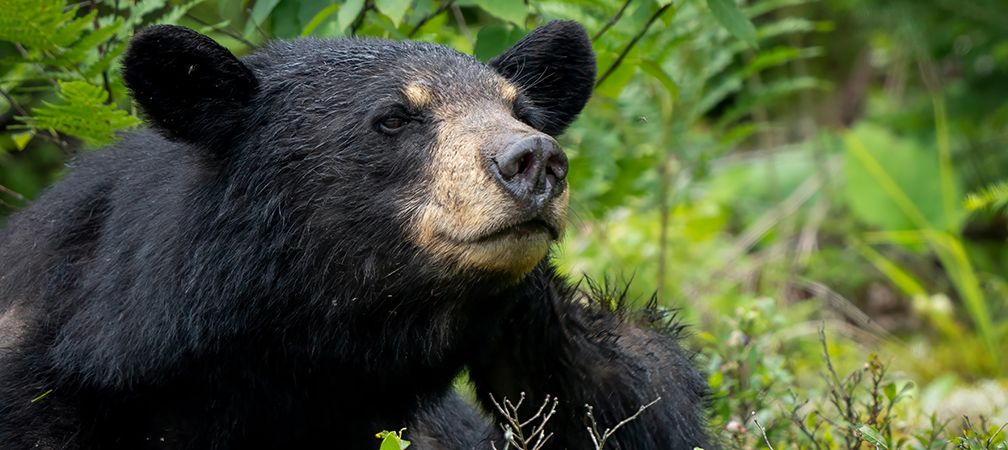Algonquin Provincial Park © Missy Mandel
There may be magnificence round each nook of Algonquin Provincial Park. Canada’s first provincial park hosts greater than 45 species of mammals, 250 species of birds, and 30 species of reptiles and amphibians. This weblog profiles 5 charismatic species that form the park and make it such a magical place.
1. Moose
Moose are greatest seen within the spring as they seek for sources of salt and new progress. Maybe essentially the most thrilling is the autumn when bull moose spar for breeding rights. Moose stay an vital supply of meals and clothes for a lot of Indigenous Peoples right this moment. All through winter moose devour leaves, twigs and the buds of woody vegetation. This adjustments in the summertime as they crave richer sources of vitamins together with aquatic vegetation, grasses, sedges and flowering vegetation. Given their dimension, distinctive behaviour and historic significance, moose prime the record.

2. Beaver
The North American beaver is taken into account a “keystone species” attributable to its skill to form the panorama. The development of dams and lodges have proven to lower erosion, assist with drought safety, lower floods and enhance fish populations. Beavers sometimes feed on bark, leaves, twigs, buds and aquatic vegetation. Beaver pelts performed a significant position in commerce and the buying and selling posts that have been developed and formed a lot of how Canada is navigated right this moment.

3. Loon
The frequent loon is the official hen of Ontario and intently linked to symbols of wilderness and tranquillity. Their vibrant pink eyes enable for sight whereas diving in quest of fish, frogs, leeches, crayfish, bugs and different aquatic species. Pairs may be discovered on most lakes in Algonquin, although in lots of areas populations are declining attributable to influence of worldwide warming, boat visitors, degradation of water high quality and disruption of shoreline breeding habitat. Their contribution to the sounds of the wild and their illustration of a wholesome water ecosystem has earned a spot on the record.

4. Black Bear
American black bears are omnivores and through winter months can lose as much as 40% of their weight. They’ll eat bugs, amphibians, fawn and moose calves although predominantly devour vegetation together with berries, fruit, nuts, acorns, grass and leaves. Bears are generally present in Algonquin Park, although they largely keep away from people. Bear scat gives helpful vitamins to the forest and hundreds of seeds that aren’t absolutely digested will unfold to different areas rising the biodiversity of a forest.

5. Jap Wolf
The jap wolf – also called the Algonquin wolf – is essentially the most elusive on the record. Most park guests won’t ever spot a wolf although they could be fortunate to listen to calls within the evening. Howling is a way of communication for territorial expression, searching, social interplay and rallying. The jap wolf is a threatened species in Ontario. Its important prey contains beaver, deer and moose. They will even eat rodents, amphibians, reptiles and birds. The most important risk to wolves is human actions similar to habitat degradation and street visitors. Like bears, wolves assist to stop over grazing by maintaining prey on the transfer. Packs will cowl a big house vary and in a quickly growing world demonstrates the necessity to defend bigger uninterrupted pure areas.

The significance of the moose, beaver, loon, black bear and jap wolf is what makes the case for the Algonquin Huge 5. Please tell us your Huge 5 for Algonquin within the feedback.















